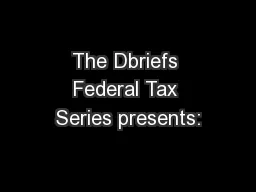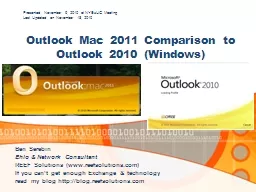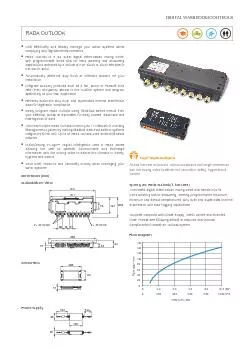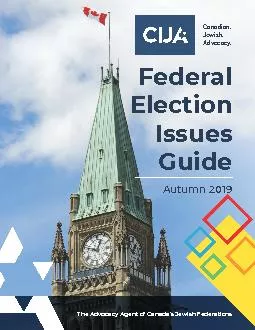PPT-After the Election: An Outlook on Federal Tax Policy
Author : tawny-fly | Published Date : 2018-03-09
Alex Brosseau Deloitte Tax LLP Setting the stage A look ahead at the 115 th Congress Deadlines will dominate 2017 Jan 3 115 th Convened Jan 20 Inauguration Feb 6
Presentation Embed Code
Download Presentation
Download Presentation The PPT/PDF document "After the Election: An Outlook on Federa..." is the property of its rightful owner. Permission is granted to download and print the materials on this website for personal, non-commercial use only, and to display it on your personal computer provided you do not modify the materials and that you retain all copyright notices contained in the materials. By downloading content from our website, you accept the terms of this agreement.
After the Election: An Outlook on Federal Tax Policy: Transcript
Download Rules Of Document
"After the Election: An Outlook on Federal Tax Policy"The content belongs to its owner. You may download and print it for personal use, without modification, and keep all copyright notices. By downloading, you agree to these terms.
Related Documents














